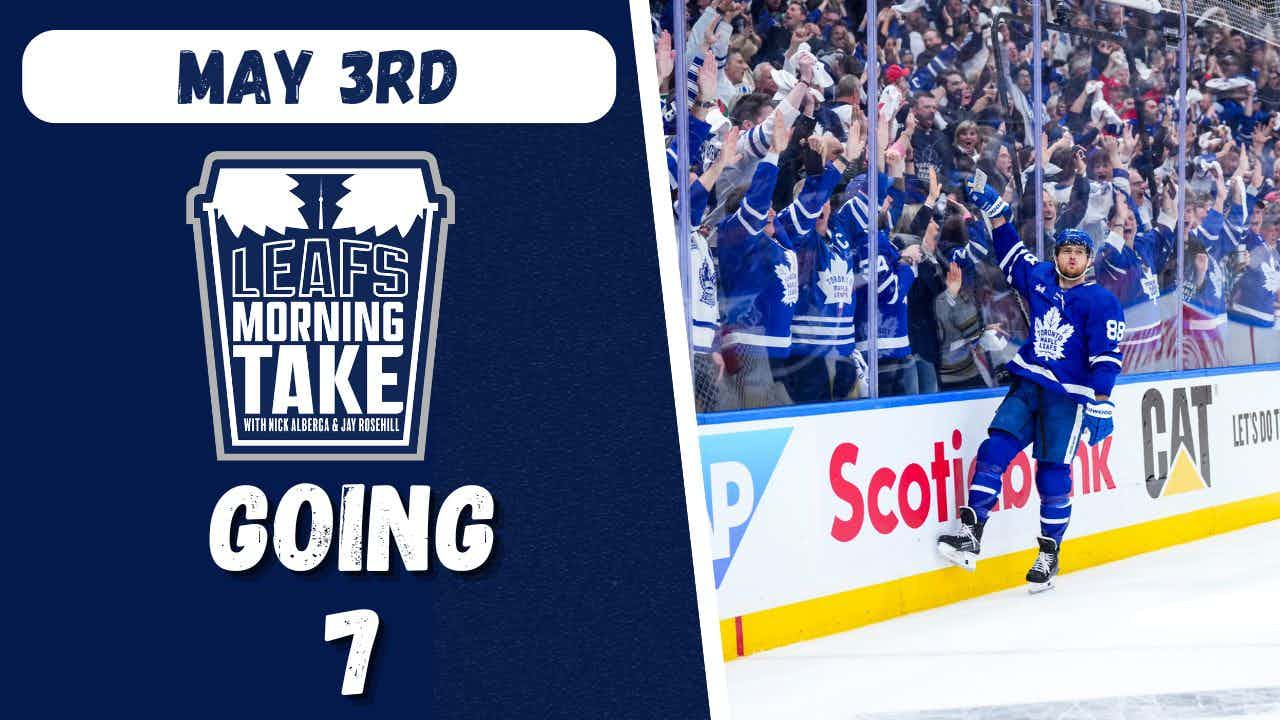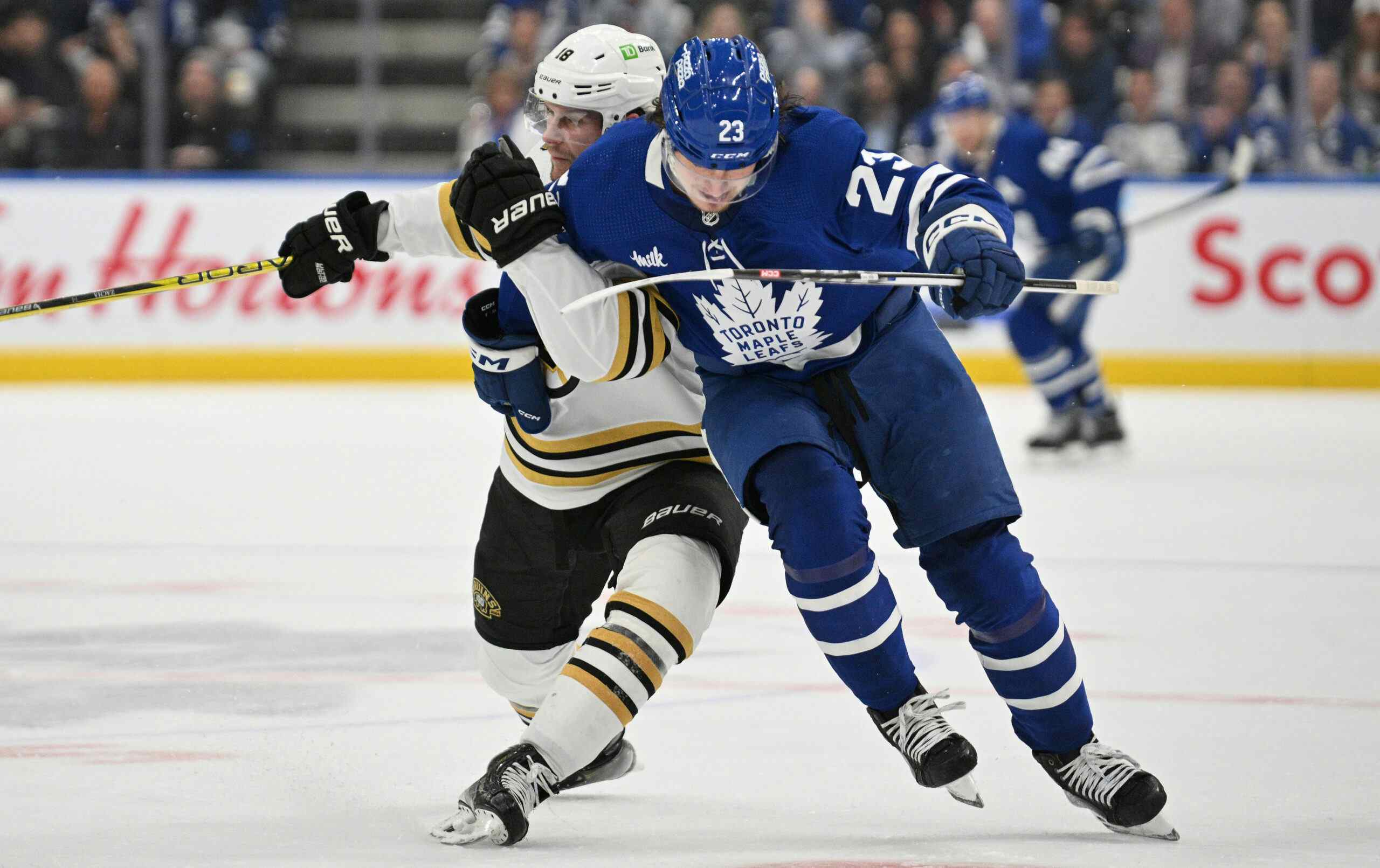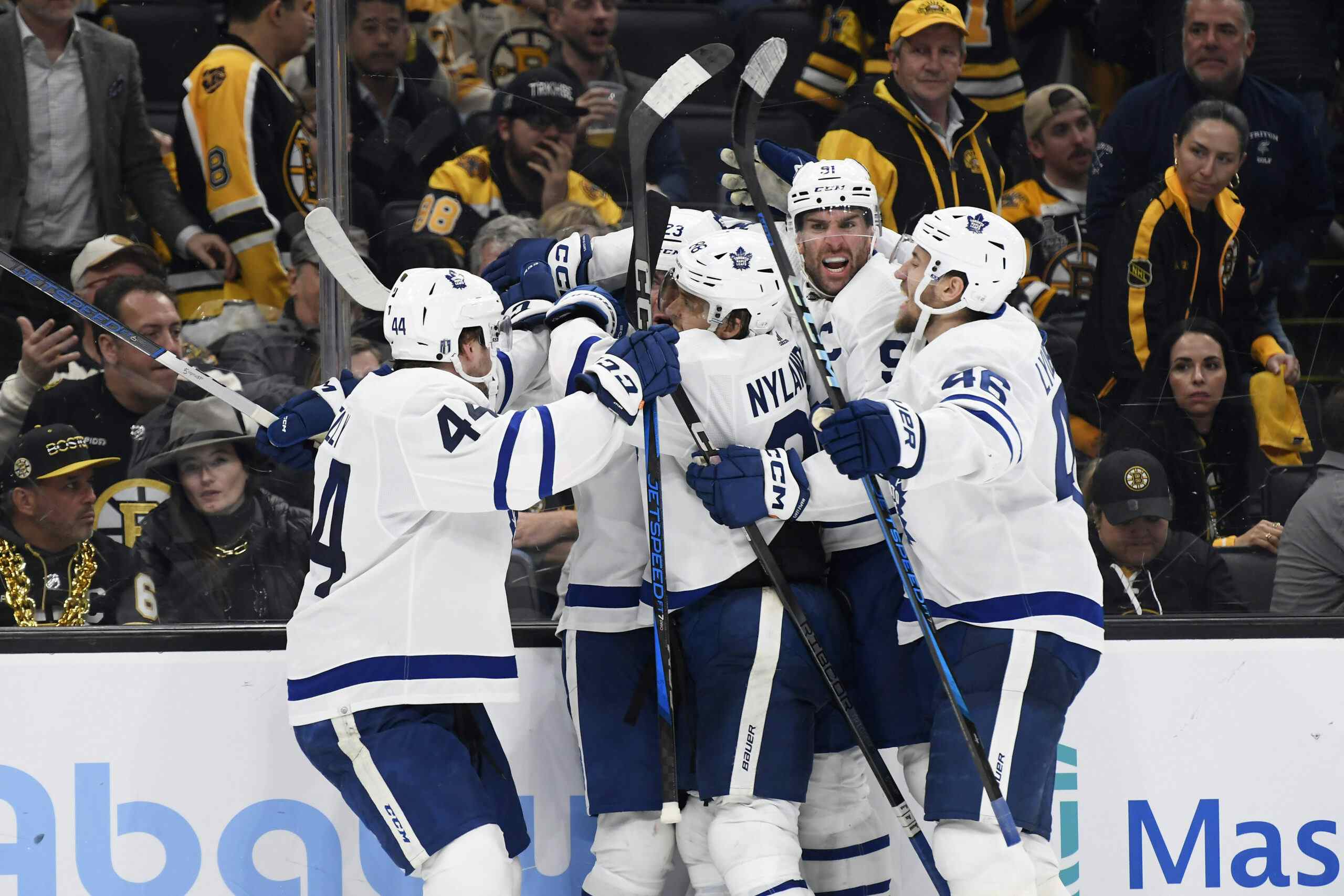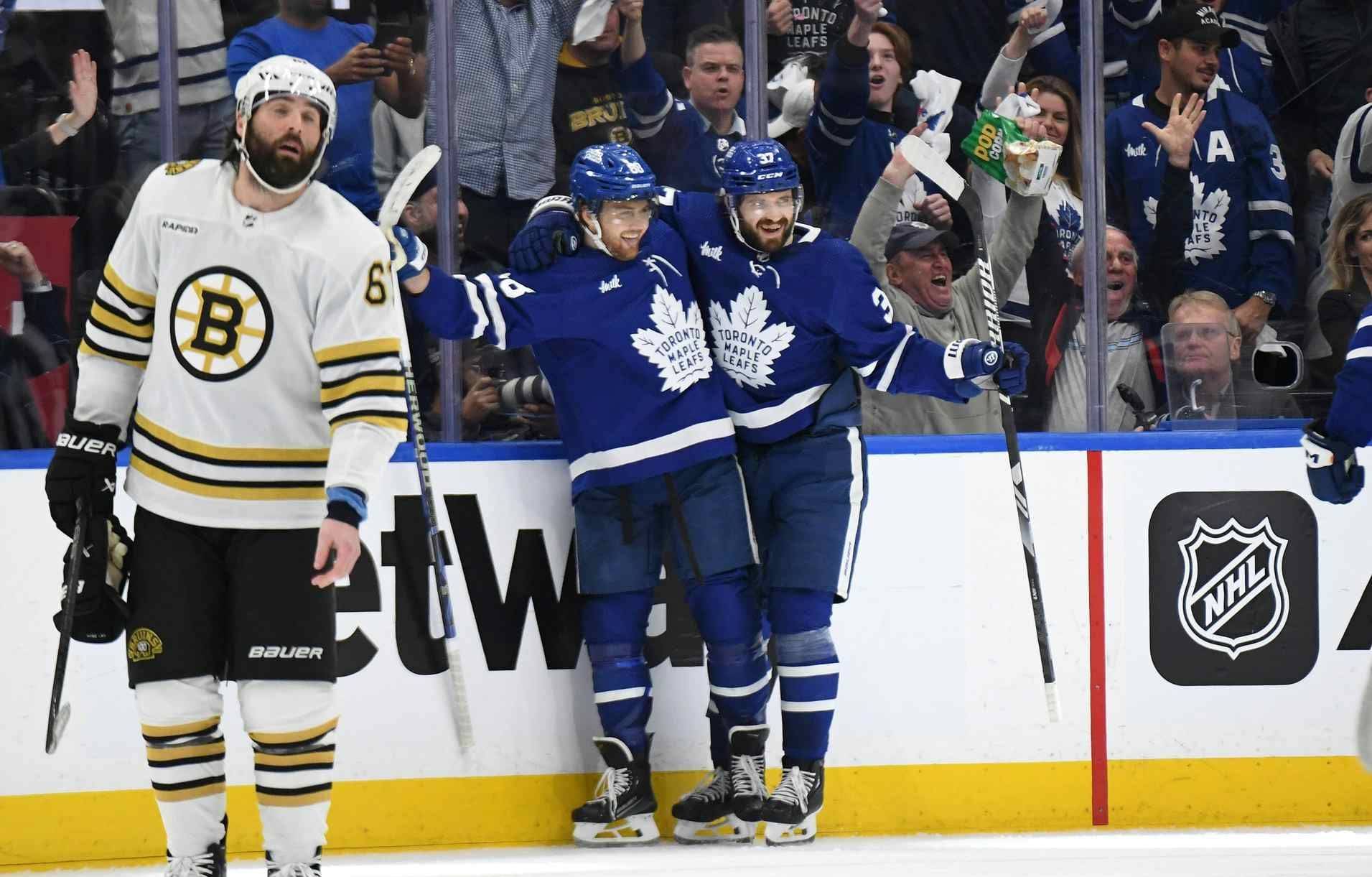Why overage players could be found money in the 2017 NHL Entry Draft
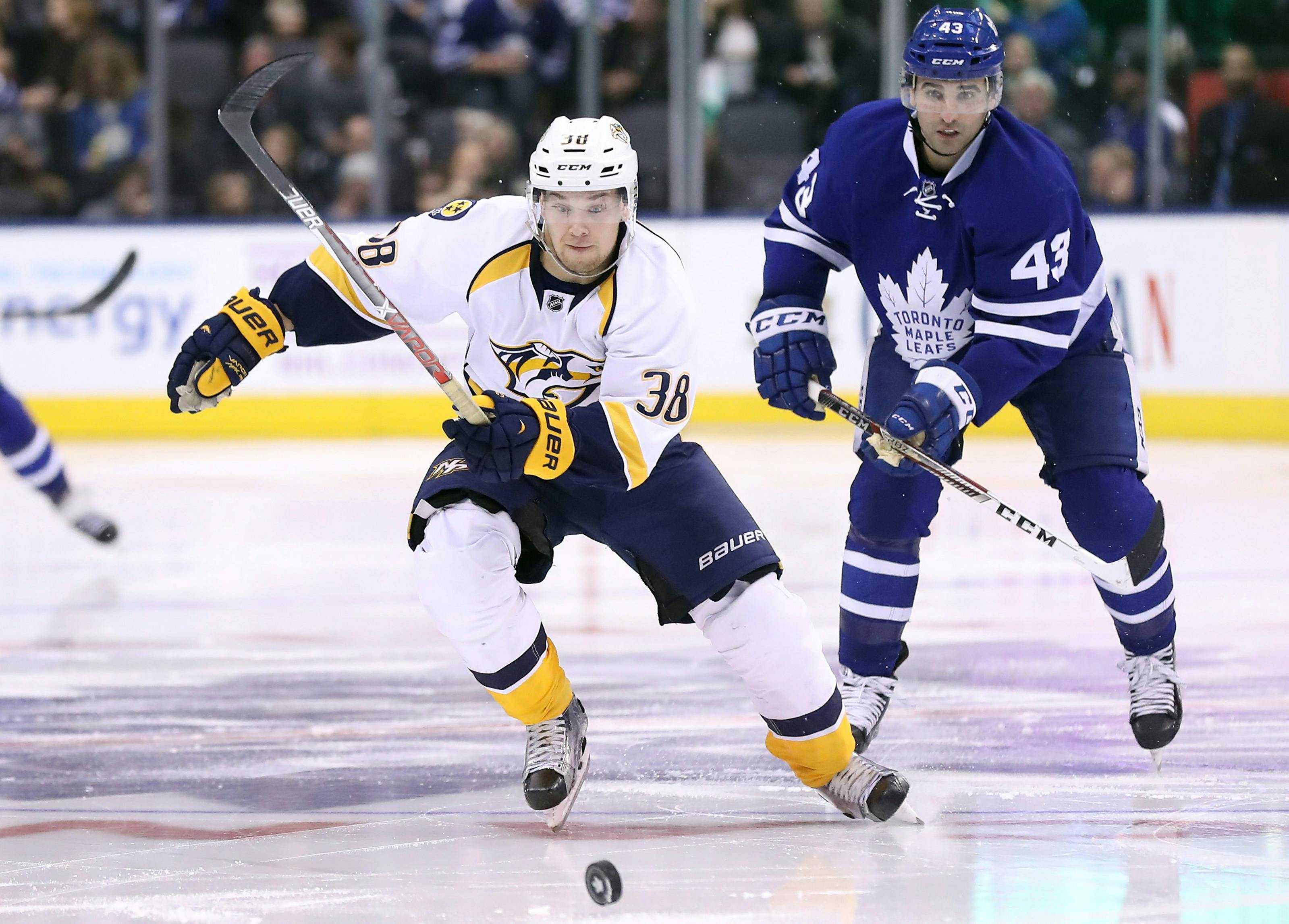
By Ian Tulloch
6 years agoLast week I looked at league & age-adjusted point production for players in their draft year, so this week we’ll shift our focus to overage prospects. This is one of the more controversial areas in draft research, which makes it far more interesting in my opinion. My favourite work on overagers is this piece by Original Six Analytics. In the article, he came to the conclusion that drafting overage prospects beyond the 2nd round was a draft inefficiency, in that D+1 and D+2 players drafted between rounds 2-7 became full-time NHL players more often than prospects in their draft year. This line of thinking was also promoted by former London Knights Assistant GM, Jake Goldberg, who was recently hired by the Arizona Coyotes as their new Director of Hockey Operations.

Although overagers appear to become NHL players more often than those in their draft year, it’s important to note that they tend to have a lower ceiling. Here’s a great chart by Sean Tierney visualizing this concept (I highly suggest enlarging the image so you can see the names more clearly)
As you can see, this isn’t exactly a list of all-stars. With the exception of Wayne Simmonds and Jason Demers, we’re essentially looking at a group of players who fill out depth roles. In contrast, players selected in their draft year include the Richards, Letang, Marchand, Spurgeon, Versteeg, Campbell, Dubinsky, among others. Just keep this in mind when we’re discussing overagers to target in the draft; you might be improving your chances of getting an NHL quality player by selecting an overage prospect, but it’s unlikely that you’ll be drafting someone who’s going to be playing in the top half of your lineup.
With that being said, elite point production does improve an overage prospect’s chances of becoming an impact NHL player. As we discussed last week, scoring (in conjunction with traditional scouting) is the best predictor we currently have for future success. Using a statistical model like pGPS or DEV, we can determine the expected number of PPG a player will score at the NHL level if they do make it. For example, in his writeup on overage prospects, Zac Urback broke down how Adam Brooks has about a 1/3 chance of making it to the NHL level, but an expected PPG of 0.56 if he does become an NHL player (or ~46 points over an 82 game season). Although Ubrack’s model found that this type of player has the “true value” of a late 1st round or early 2nd round pick, the Leafs were able to take advantage of the draft inefficiency and select him in the 4th round.
Based on all of this great work, I have a couple conclusions from overage draft research:
- They become NHL players more often after the 2nd Round
- They typically don’t become impact players (Top 6 F, Top 4 D)
- The ones that do are often elite point producers for their age
So now that we have an understanding on the value of overage prospects, let’s dip into the numbers.
Methodology
As a quick reminder, I’ve adjusted players’ point production for age and league difficulty. I used Rhys Jessop’s age adjustment, which was originally designed for 17-year olds. To help explain the adjustments it makes for overagers, here’s an example of the formula’s “expected” development curve for a prospect who puts up a point per game in the OHL at age 17.
- Age 17 (Draft Year): 1.0 PPG
- Age 18 (D+1 Year): 1.2 PPG
- Age 19 (D+2 Year): 1.5 PPG
- Age 20 (D+3 Year): 2.0 PPG
The adjustments do a pretty good job of taking age into account for prospects in their D+1 and D+2 seasons, but it’s worth noting that the formula over-adjusts for players in their D+3 season (it’s probably more realistic for the typical PPG 17-year old to produce around 1.8 PPG at age 20). Keep this in mind when you see players in their D+3 season ranked lower in Adjusted PPG than you think they should be – because you’re right.
When it comes to the league adjustment, here’s a quick reminder of the updates I recently made to NHLe for European leagues:
…as well as the updated NHLe translation factors for North American leagues:
OHL point production was used as the baseline, meaning I took a player’s PPG in League X (let’s say the QMJHL for example), multiplied it by the NHLe translation factor for that league (0.25 in this case), then divided it by the translation factor for the OHL (0.31). This method works extremely well with North American and European junior leagues, but unfortunately, it doesn’t do a good job adjusting for teenagers playing in professional leagues (ie. KHL, SHL, Liiga). There are many contextual factors in play here (TOI, PP usage, quality of linemates), but I think the biggest factor is the most obvious one: we’re looking at teenagers playing against men. Naturally, they’re going to have a more difficult time adapting to the league, so it’s important to note that my simplistic NHLe league adjustment doesn’t do an adequate job of adjusting for how difficult it is for teenagers to produce in these leagues. Remember this when you see a player from the KHL, SHL, or Liiga with significantly lower Adjusted PPG than you think they should have – because once again, you’re right.
The Results
Here’s the full list of draft eligible overagers’ League & Age-Adjusted PPG. Since most people probably don’t want to open a new tab, let’s take a look at the top 30 Forwards in Adjusted PPG among draft eligible overagers.
Forwards

Mother Russia, would you look at that. When I wrote my piece about the revisions I made to NHLe, my biggest takeaway was how strong European junior leagues were relative to the CHL. The Russian junior league (MHL) really stood out as the league that I’d been underrating the most; I assumed it would’ve been considered weaker than the QMJHL, yet the results showed that it was actually equal in strength to the OHL. When you combine the inefficiencies of an underrated European league, being an overager, and the ‘Russian Factor’, you have the makings of a very underrated prospect. Let’s break this down a bit further with one of my favourite sleepers in this year’s draft.


Taking a quick look at these comparisons, it’s fair to say that players A & B are similar in value, as are prospects C & D. So who are these players?
- Player A: Igor Shyvryov in his draft year (unranked by Central Scouting, went undrafted in 2016)
- Player B: German Rubtsov (ranked 5th among European skaters by Central Scouting, selected 23rd overall in 2016)
- Player C: Igor Shvyryov in his D+1 year (unranked again by Central Scouting)
- Player D: Nikita Kucherov in his D+1 year (allegedly good at hockey)
Not only is Shvyryov in elite company in his post-draft year, but he also had a very promising draft year despite (inexplicably) going undrafted. I’ve tried to wrap my head around why a 6’0 205lb centre with elite point production is unranked by Central Scouting in 2017, but there doesn’t seem to be a logical answer. Reading scouting reports on him and watching video, he appears to be an extremely skilled player with many tools that teams love (he’s even good at faceoffs). I think Shvyryov’s an excellent example of biases NHL teams have yet to overcome in prospect evaluation, presenting one lucky team with the ability to select a player with 1st or 2nd round value much later in the draft.
You’re probably wondering why I’m spending all of this time breaking down Shvyryov, but not his closest comparable in Adjusted PPG, Artyom Manukyan. Unfortunately, Manukyan wasn’t blessed with elite size (standing 5’7 139lbs), so realistically, he probably won’t be drafted this year. When it comes to MHL overagers, I’m much more intrigued by Andrei Altybarmakyan, who’s #ActuallyRanked by Central Scouting (28th among European skaters). I really like him as a sleeper, but I can’t help but ask: if he’s ranked by Central Scouting, why the hell isn’t Shvyryov? The deeper I dive into draft analysis, the more it confuses me.
Before I hurt my head, let’s move onto the Top 30 overage Defensemen in Adjusted PPG.
Defensemen

There are some very intriguing names on this list, including guys like Matt Timms and Thomas Gregoire, who are shockingly unranked by Central Scouting despite having excellent D+1 seasons. Brennan Menell’s another player to keep an eye on, with impressive production in his D+2 season (and his D+1 season last year). There are also a few intriguing overagers from the MHL in Makeyev, Lavrinenko, and Zile, who I believe are likely to go undrafted. The player I want to focus on, though, plays in another European league.
This Year’s Viktor Arvidsson
I’ve heard a lot of people ask “who is this year’s Viktor Arvidsson”, and I think I’ve found the player. Before I get to him though, let’s break down Arvidsson’s unusual path to the NHL draft.

Arvidsson had solid production in his draft year (2011), but went undrafted mainly because of his size. He followed this up with an even more impressive showing in his D+1 season (2012), but again, went undrafted due to concerns about his size. In his D+2 season (2013), he went to the SHL as a teenager and put up some pretty impressive numbers in his rookie season, but went undrafted yet again because…you know the story. In his D+3 season (2014), Arvidsson absolutely tore it up in the SHL, scoring at a 0.8 PPG clip in one of the most competitive leagues in the world (the equivalent of producing ~44 points in the NHL based on my latest updates to NHLe). Teams weren’t sure how to rank him at this point. He had elite point production, but he’d also been passed over in the previous 3 drafts, so clearly he must have been a significantly flawed prospect, right? Nashville decided to take a flier on him in the 4th round, and from what I’ve heard, he’s worked out pretty well for them.
So who is this year’s Viktor Arvidsson? I think it’s Sebastian Aho. No, not the one you’re thinking of, the 5’10 Swedish LHD playing in the SHL. Now, I’m well aware that Aho isn’t a forward like Arvidsson, but allow me to make the comparison.

In Sebastian Aho’s draft year (2014), he put up 5 points in 21 SHL games. I know 0.24 PPG may not sound like a lot, but that’s pretty elite production for a 17-year-old defenseman playing in a professional league. For reference, Timothy Liljegren had 0.26 PPG this year, while Erik Brannstrom had 0.17 PPG. Players like this, who produce over 0.09 PPG in the SHL as 17-year-olds, become NHL players about 51% of the time, yet Aho went undrafted in 2014 (keep in mind that 7th round picks become NHLers ~5% of the time). Despite performing well in his D+1 (2015) and D+2 (2016) seasons, Aho continued to go undrafted, largely due to concerns over his size (this should sound familiar).
As you can see, Aho exploded for 30 points in 50 games in his D+3 season, which is equivalent to scoring ~33 points in the NHL (would have tied with Orlov & Trouba for 49th in the NHL this season). You’re probably wondering “if that’s so good, why doesn’t he show up higher on your Adjusted PPG list?”. This is because Rhys Jessop’s formula over-adjusts for players in their D+3 season, while the league adjustment doesn’t adequately account for the difficulty of young prospects producing in the SHL. Just know that his production is much more impressive that the Adjusted PPG table indicates.
In Aho, we have a player who:
- Should have been drafted in his draft year (and each subsequent year).
- Scored at an elite rate in his D+3 season.
- Has been undervalued throughout his career due to size bias.
If he isn’t this year’s Viktor Arvidsson, I don’t know who is.
Concluding Thoughts
Drafting is an imperfect art. Although NHL teams invest millions of dollars into scouting departments in an attempt to gain a competitive edge in projecting the long term success of prospects, the draft isn’t a perfectly efficient market. Research indicates that there are many biases still holding teams back from efficiently evaluating prospects, including biases against shorter players with elite point production, Europeans playing in lesser known leagues, and yes, overage prospects. After looking at the evidence, we know that teams can improve their chances of drafting an NHL player by targeting overagers in later rounds. Although overagers often have lower ceilings than prospects in their draft year, we can use statistical analysis (Adjusted PPG) to improve our chances of finding an Ondrej Palat type of player in the later rounds.
Given the inherent randomness of drafting, teams should be looking for every opportunity to tilt the odds in their favour. Most late round picks don’t pan out, but overagers present GMs with an opportunity to increase the chances of drafting an NHL player late in the draft. Who knows, you might even be able to snag this year’s Viktor Arvidsson.
Recent articles from Ian Tulloch

